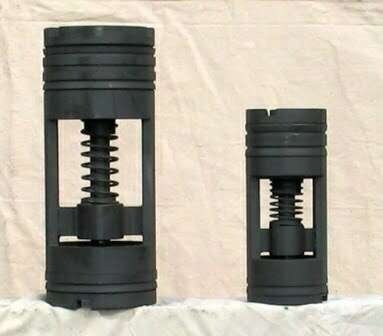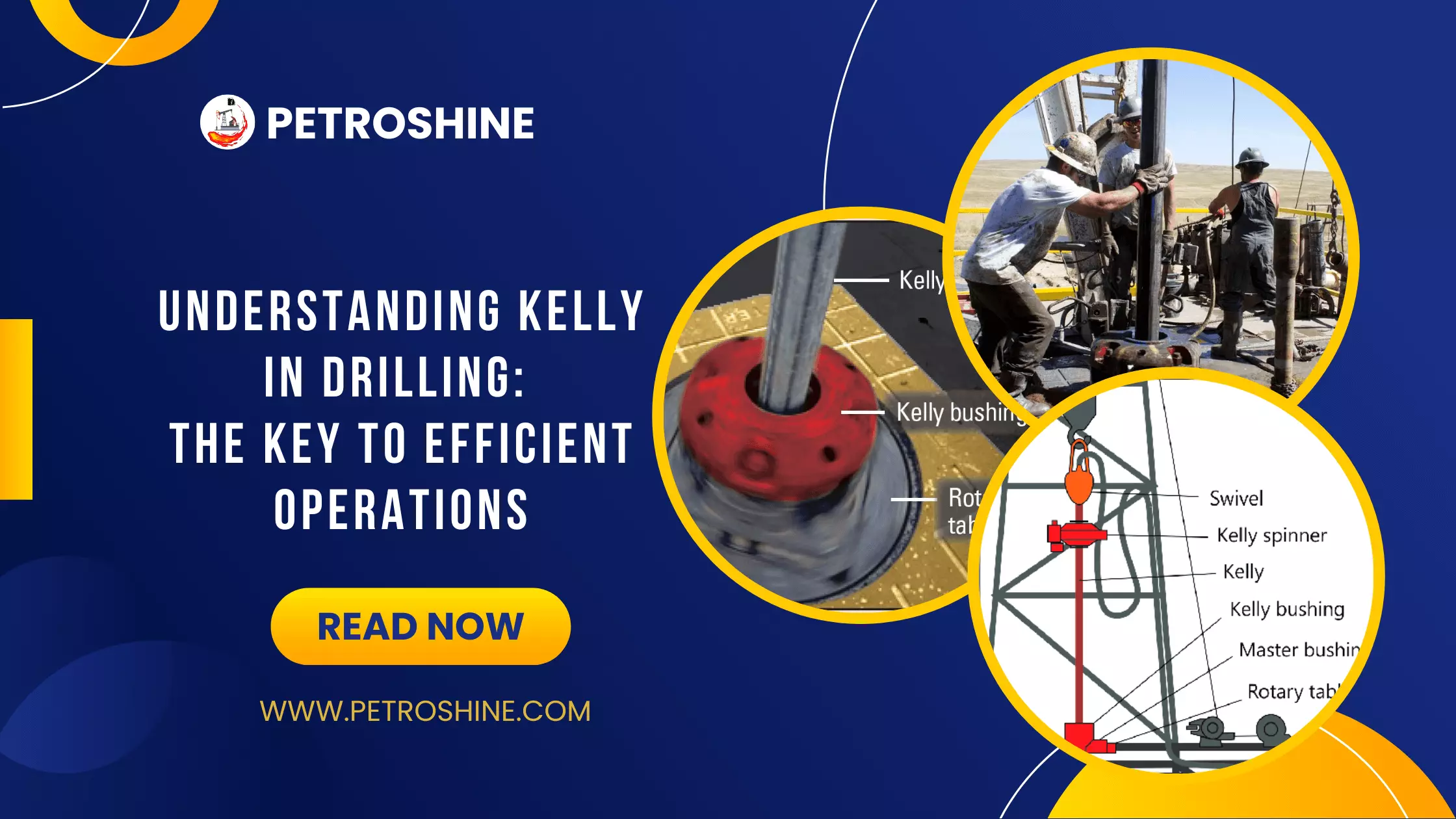Hole Openers
A hole–opener (Figure 1: Full-diameter hole opener) is designed to enlarge the diameter of a previously or simultaneously drilled smaller borehole.

Three situations (at least) are possible (Sampaio, 2007):
- To drill the borehole section with a smaller bit, and later to enlarge to the final diameter. In this case, a special tool called bull nose is connected in the place of the bit, to guide the hole opener along the pre-drilled hole.
- To drill the borehole section with a smaller bit and simultaneously enlarge to the final diameter.
- To enlarge a section below a casing with a diameter larger than the internal diameter of the casing. In this case, a special hole opener known as an underreamer, with hinged arms actuated hydraulically, is used—the drilling fluid pressure actuates in rams that open the arms, forcing the cutters against the borehole wall.
Float Subs
A float sub, which is usually run just above the bit, contains a check valve (Figure 2: Drill pipe float valve). Its purpose is to prevent drilling fluid from backflowing into the drill string. Such backflow could occur, for example, in the top section of the hole when large volumes of cuttings are produced at high rates of penetration, which might result in increased mud density and plugged bit nozzles. A float sub can also reduce the potential for kicks due to swabbing. When a float sub is placed above the bit, the drill string has to be filled while running in the hole. is designed to enlarge the diameter of a previously or simultaneously drilled smaller borehole.

Circulating Subs
A circulating sub is incorporated within the drill string (above the mud motor or MWD assembly) to provide a large opening to circulate through. A ball is dropped to close the downward path of the mud flow and open a side path that allows the mud to flow in straight to the annulus. A circulating sub is used when lost circulation material (LCM) is to be pumped, to avoid plugging the bit, MWD or mud motor. Circulation needs to be increased to clean the hole prior pulling out of the hole.
 Petro Shine The Place for Oil and Gas Professionals.
Petro Shine The Place for Oil and Gas Professionals.



